Paul Cezanne: The Father of Modern Art
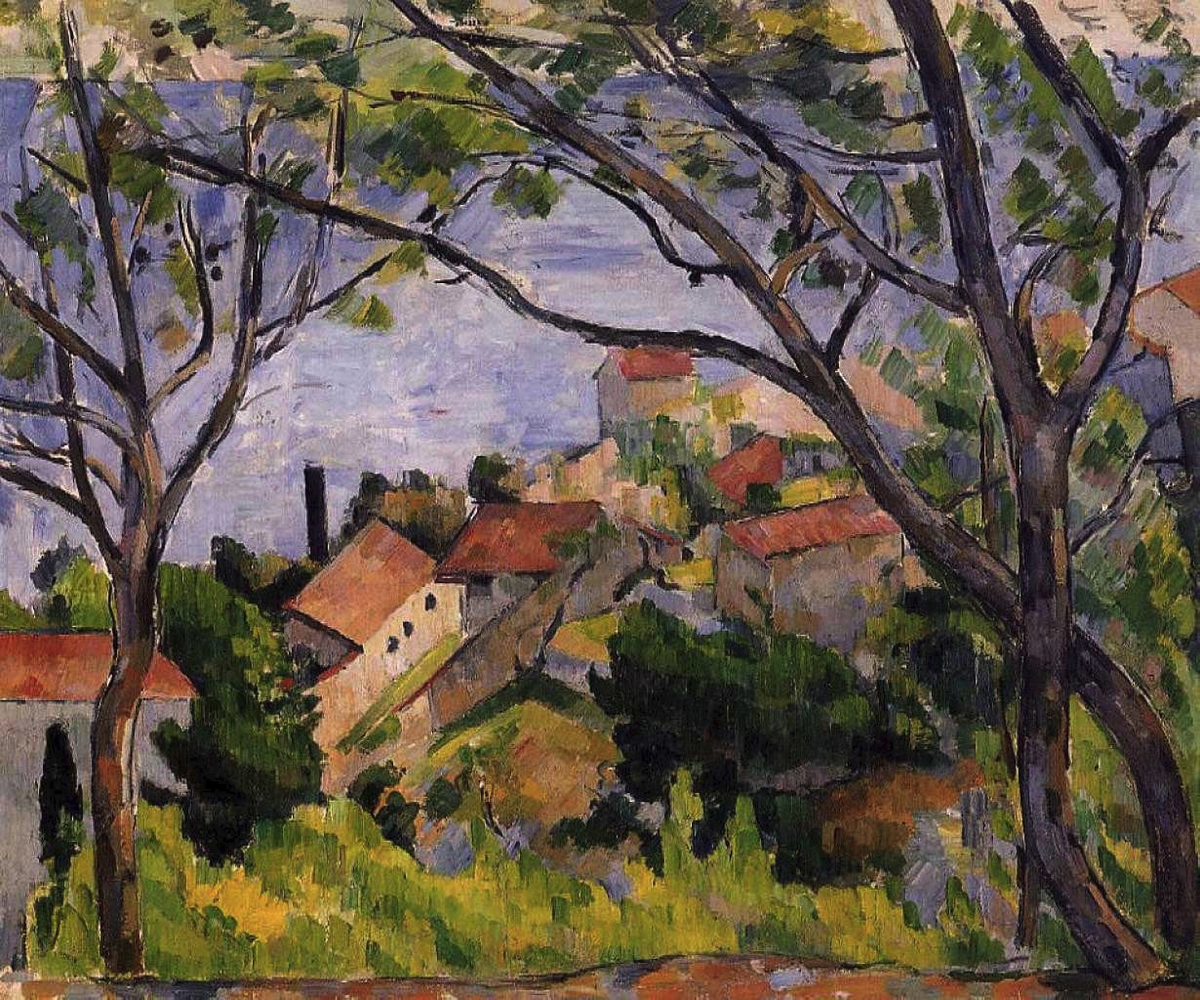
Paul Cézanne, a name that resonates throughout the corridors of art history, embodies a pivotal junction in the transition from 19th-century artistic traditions to a revolutionary new world of modern art. Born on January 19, 1839, in Aix-en-Provence, France, Cézanne was a catalyst for what would be the rise of Post-Impressionism, influencing the aesthetic directions of countless artists who would follow.
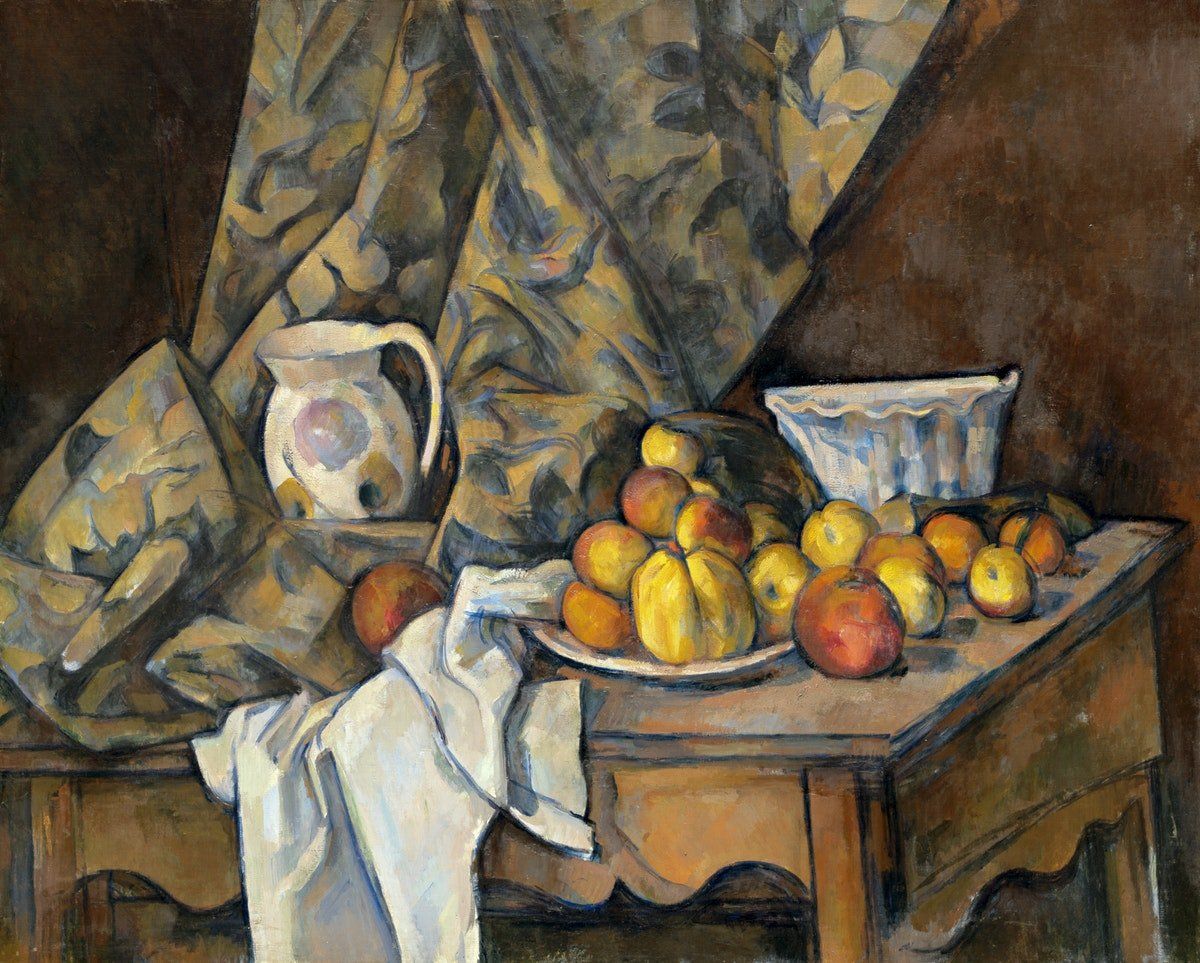
Early Life and Training
Cézanne's path to artistic mastery was one of gradual evolution marked by persistent self-scrutiny and an almost hermetic devotion to his craft. He began his studies under the guidance of Joseph Gibert in Aix before moving to Paris in 1861, where he met Impressionist painters such as Camille Pissarro. Initially, his works were dark and bear evidence of the influence of Romanticism. However, exposure to Impressionist ideals and methods induced a palpable shift in his palette and brushwork.
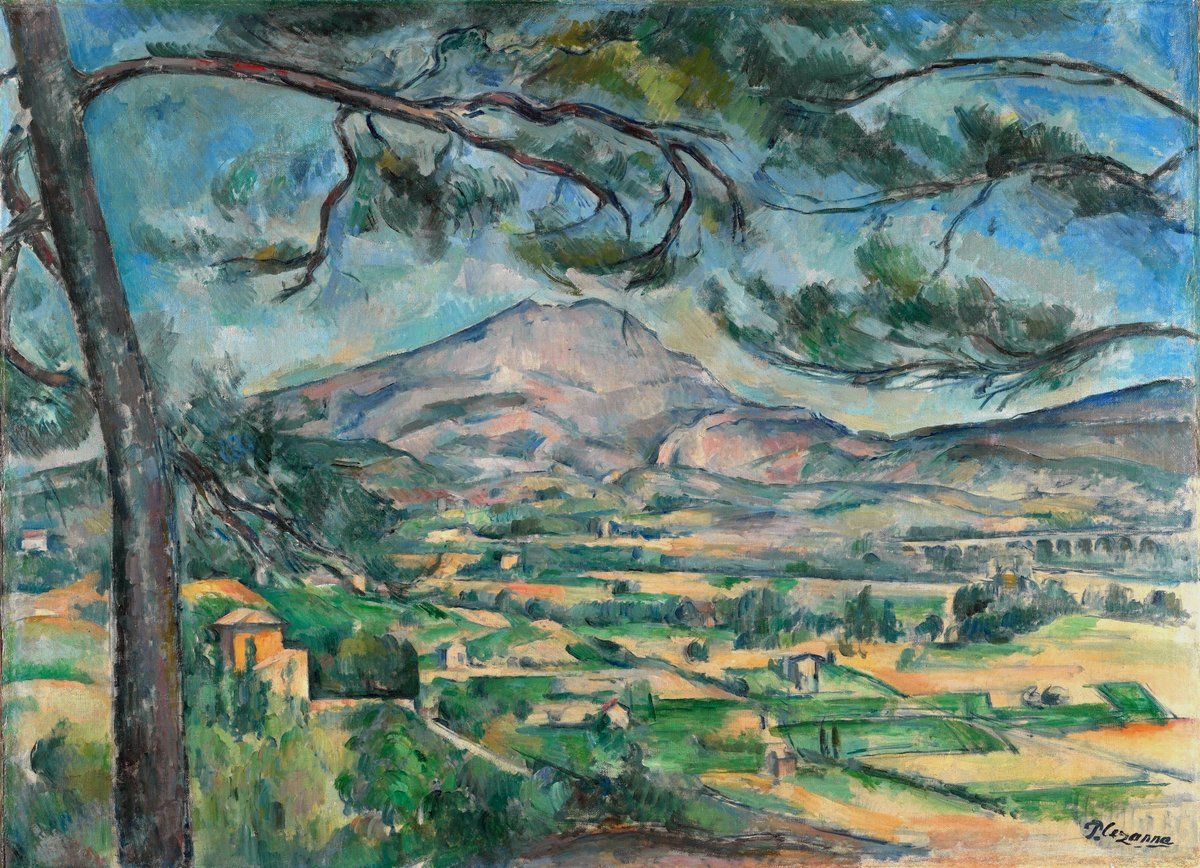
Artistic Struggle and Evolution
It is impossible to grasp Cézanne's journey without an understanding of the challenges he faced. His early submissions to the Paris Salon were rejected, and his works remained largely misunderstood by the public and critics of his time. Yet, it was through these struggles that Cézanne began to forge his distinct path. He became a frequent participant in the Impressionist exhibitions, though his style never completely aligned with any one movement.
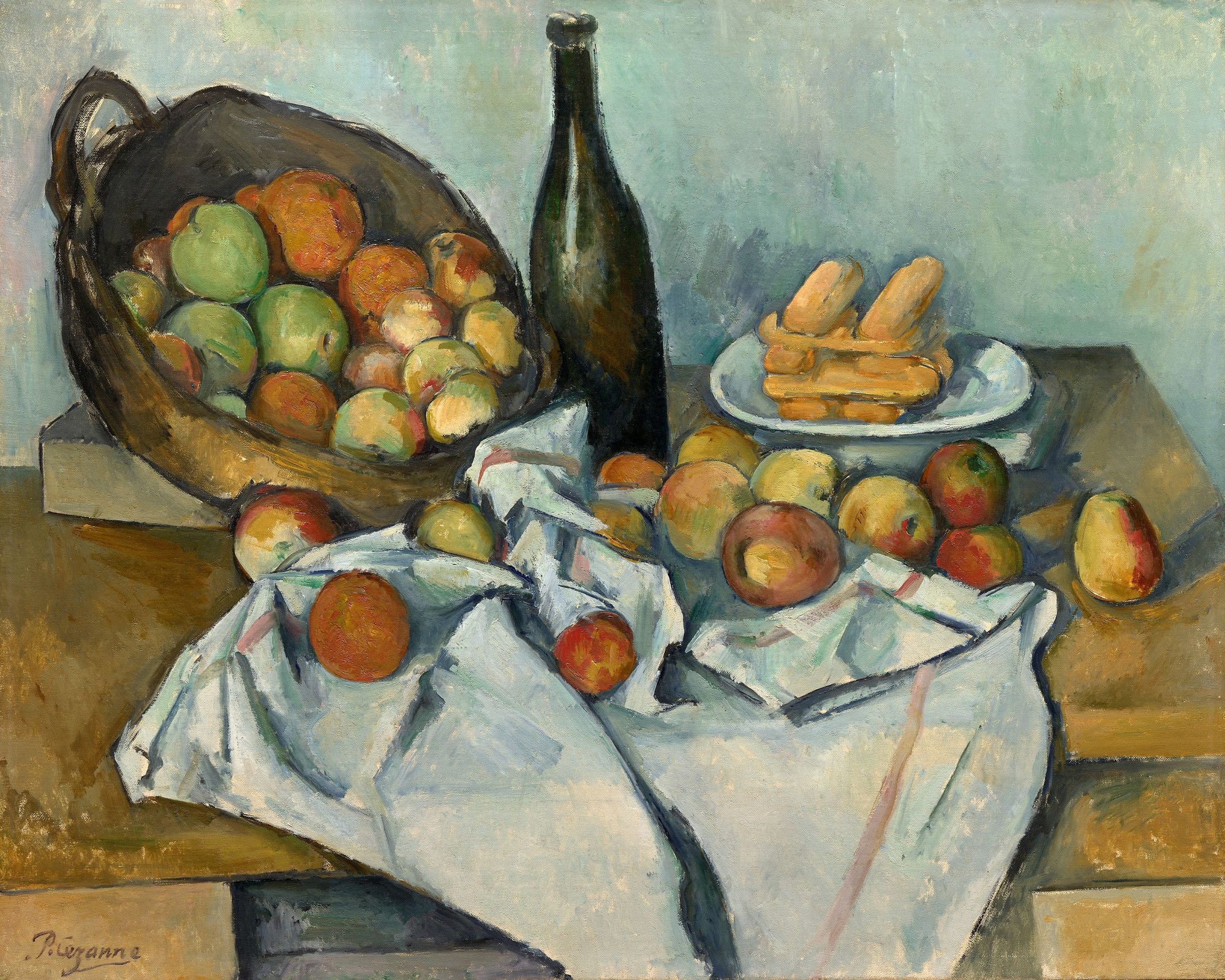
Cézanne's unique approach involved breaking down objects into their basic geometric forms, using color and small brushstrokes to build complex fields of vision. This analytical approach to painting, where objects were reconstructed with color, set the stage for what would eventually be labeled as Cubism.
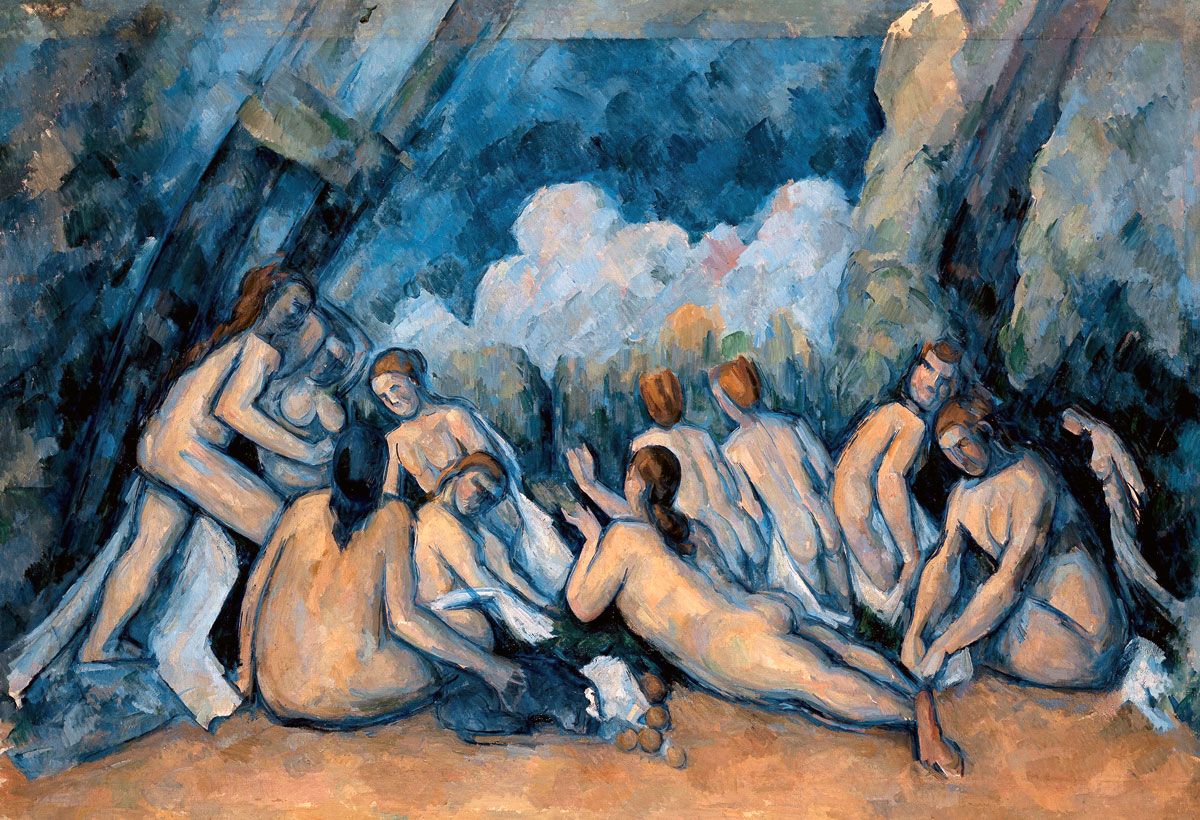
Peaks of Provence: Mont Sainte-Victoire
One cannot talk of Cézanne without mentioning Mont Sainte-Victoire, the mountain near his hometown, which he painted numerous times throughout his life. These works serve as a study of perception and the passage of time, showcasing his fascination with the stability of natural forms and the act of seeing. He meticulously examined how natural light reveals the underlying geometry of the landscape, influencing artists like Pablo Picasso and Georges Braque.
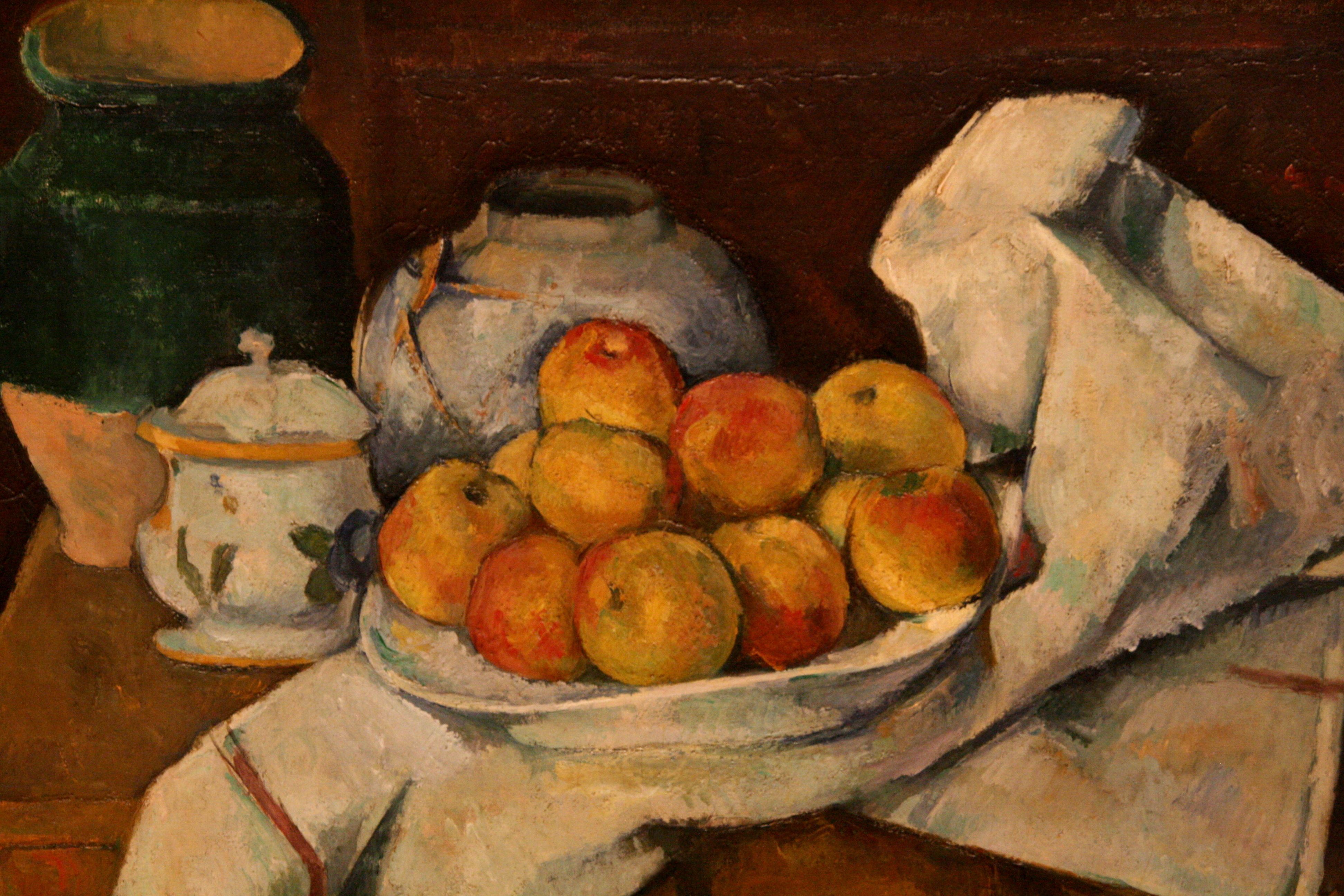
The Card Players and Still Life
A testament to Cézanne’s range as an artist is his series "The Card Players", where he captures the tension and concentration of the game through a restrained palette and composition. In contrast, his still-life paintings burst with a sense of hidden vitality, each fruit, jug, or cloth arranged to explore spatial relationships and surfaces infused with palpable tension and balance.
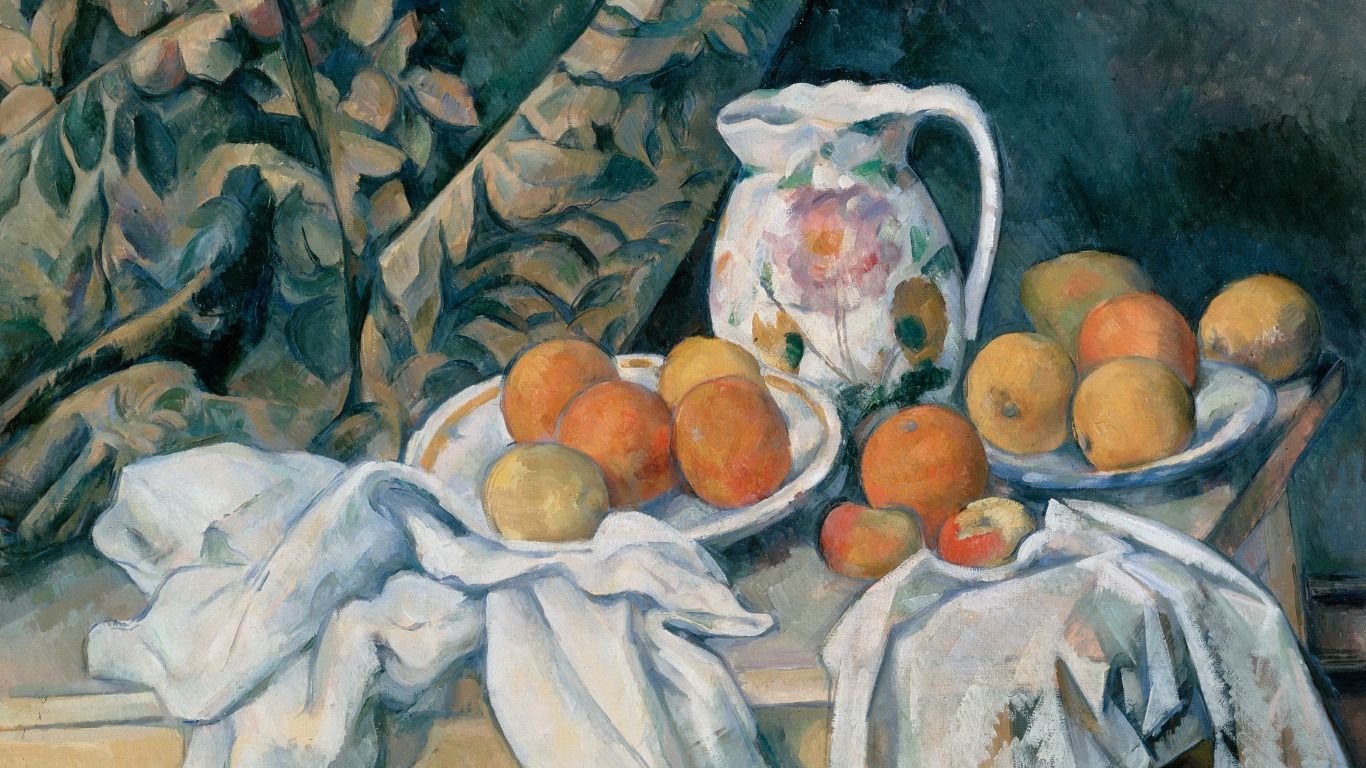
Influence and Legacy
Cézanne's significance can be measured by the artists who came after him. Matisse and Picasso, towering figures of 20th-century art, both referred to him as "the father of us all." His relentless pursuit of rendering the world through his analytical approach heralded the various movements of modern art that followed, such as Cubism, Fauvism, and Abstract Expressionism.
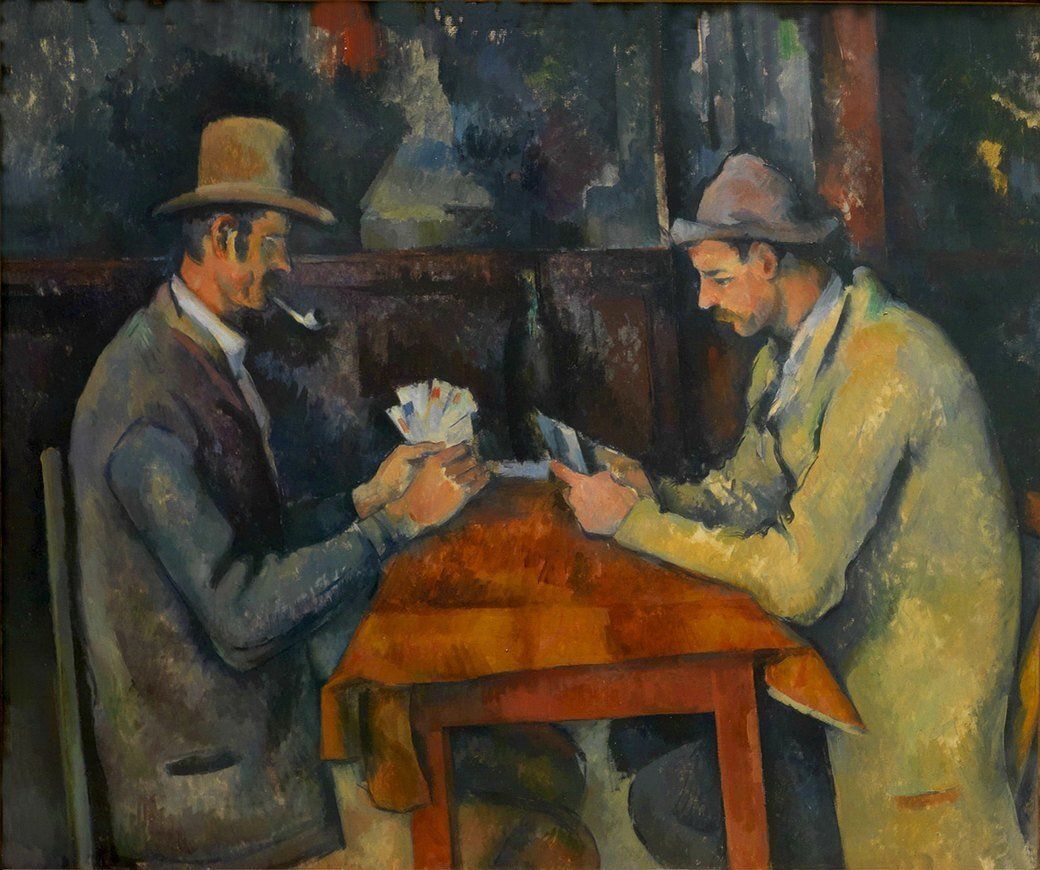
Death and Remembrance
Paul Cézanne passed away on October 22, 1906. While it took years for his genius to be fully acknowledged, today his contributions are celebrated universally. His works are held in the highest regard, claiming their rightful place in museums around the globe, and they continue to sell for tens of millions of dollars at auctions.
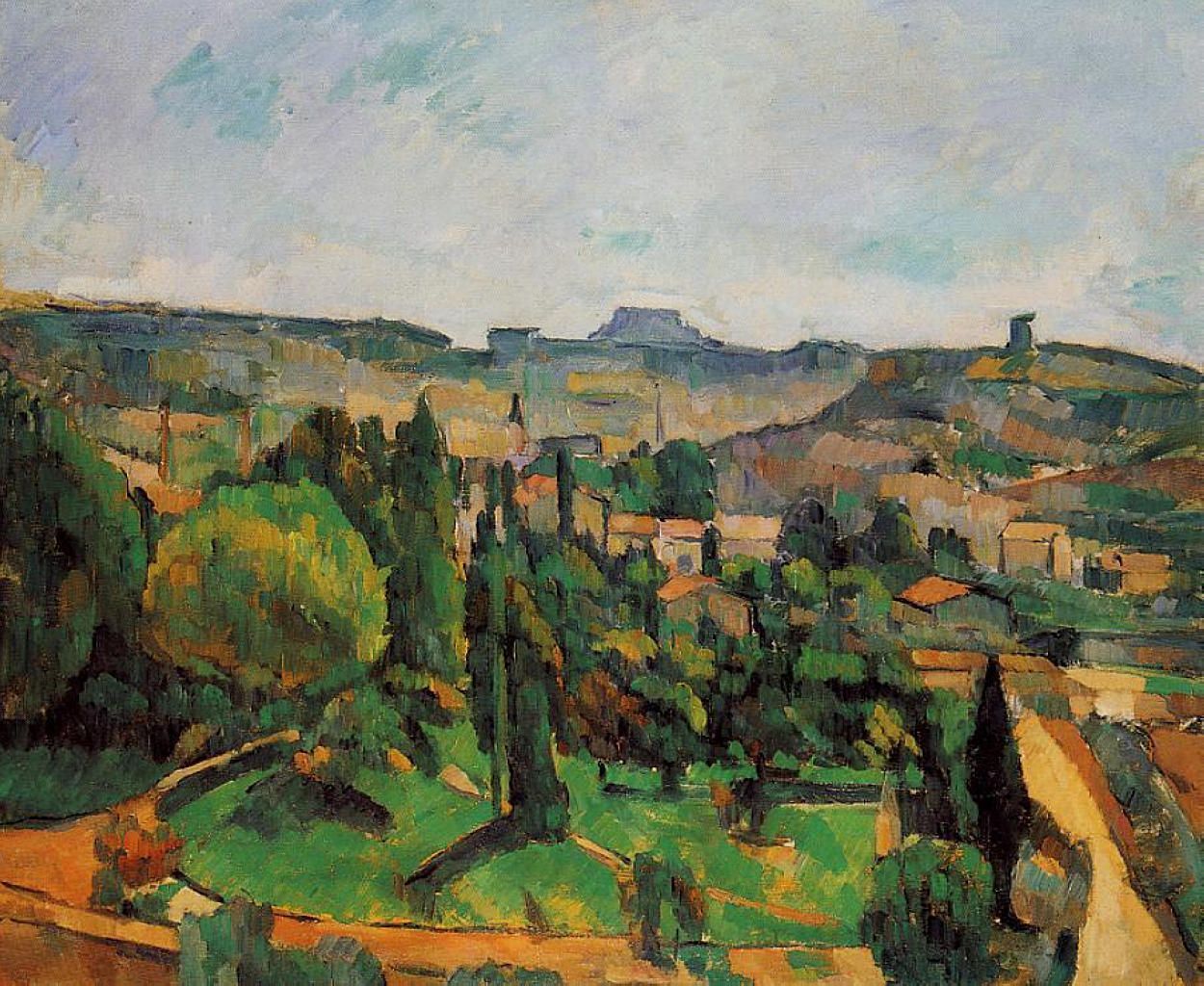
Paul Cézanne's journey—from a misunderstood artist struggling against the norms of his time to an enduring beacon lighting the way to modern art—reminds us that the worth of innovation often lies beyond immediate acceptance. His vision transcended the limitations of his era, allowing future generations to perceive the world in ways previously unimagined. Truly, Cézanne's legacy is as solid and enduring as the mountains he so loved to paint, a testament to the timeless impact of his groundbreaking artistry.